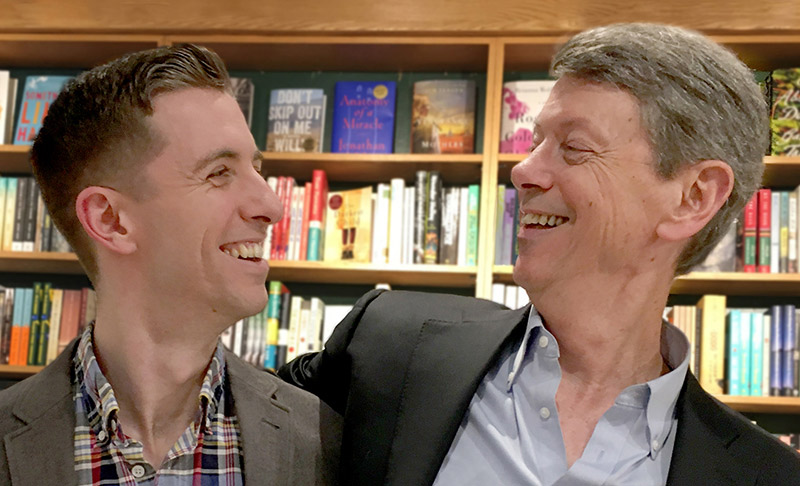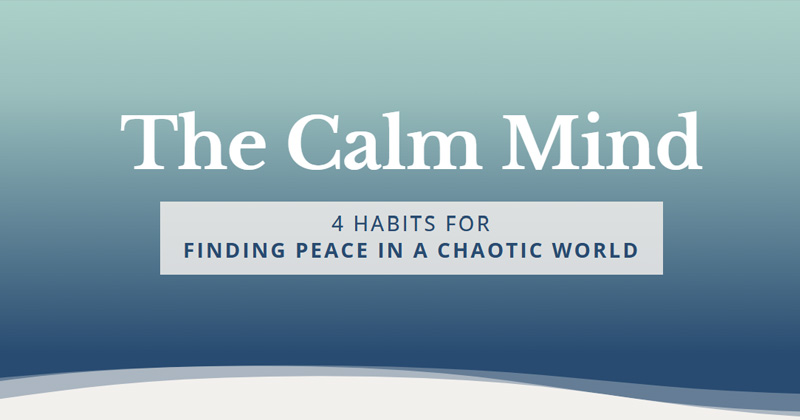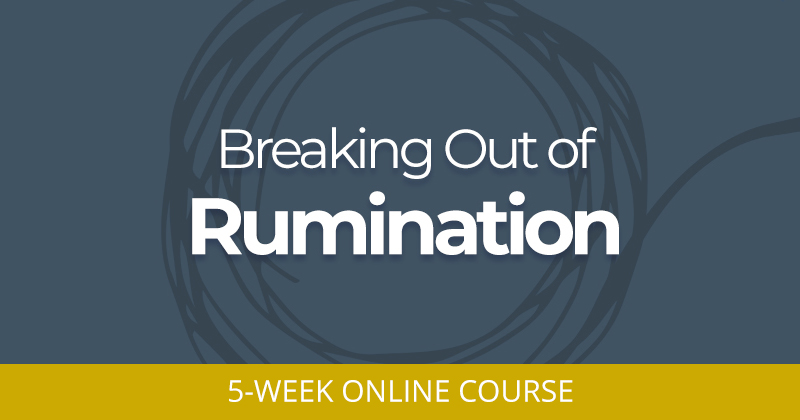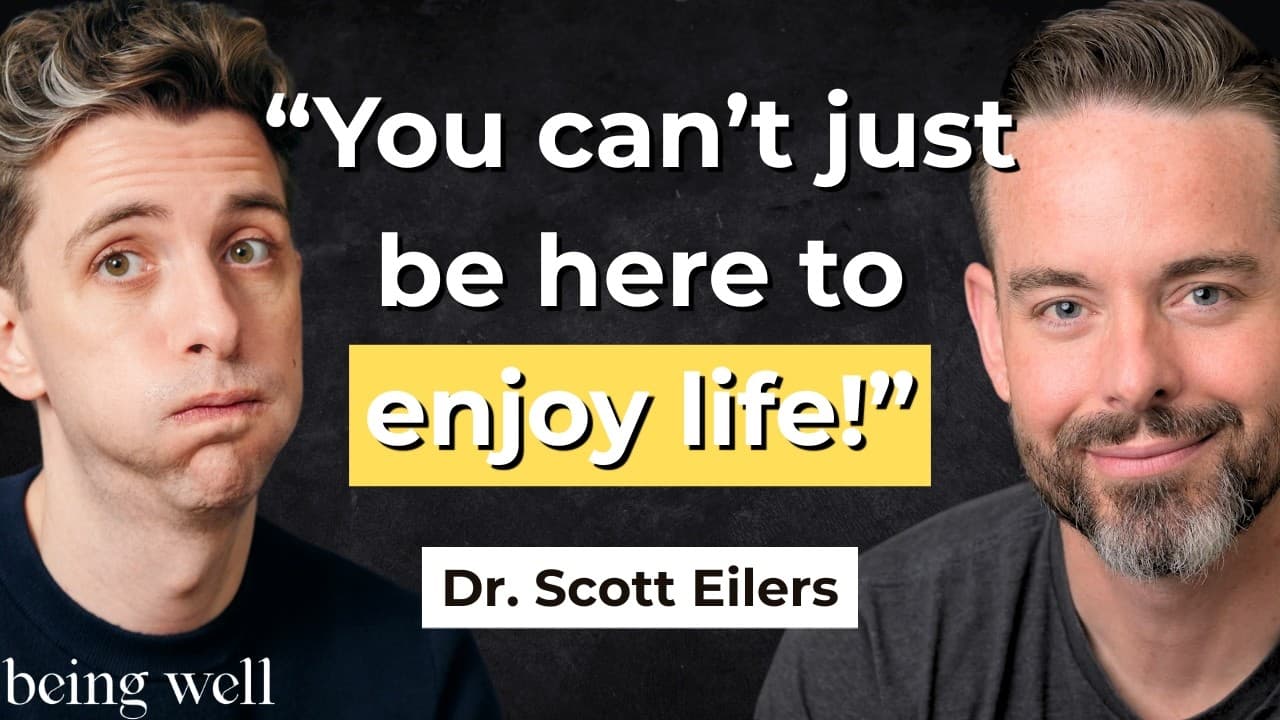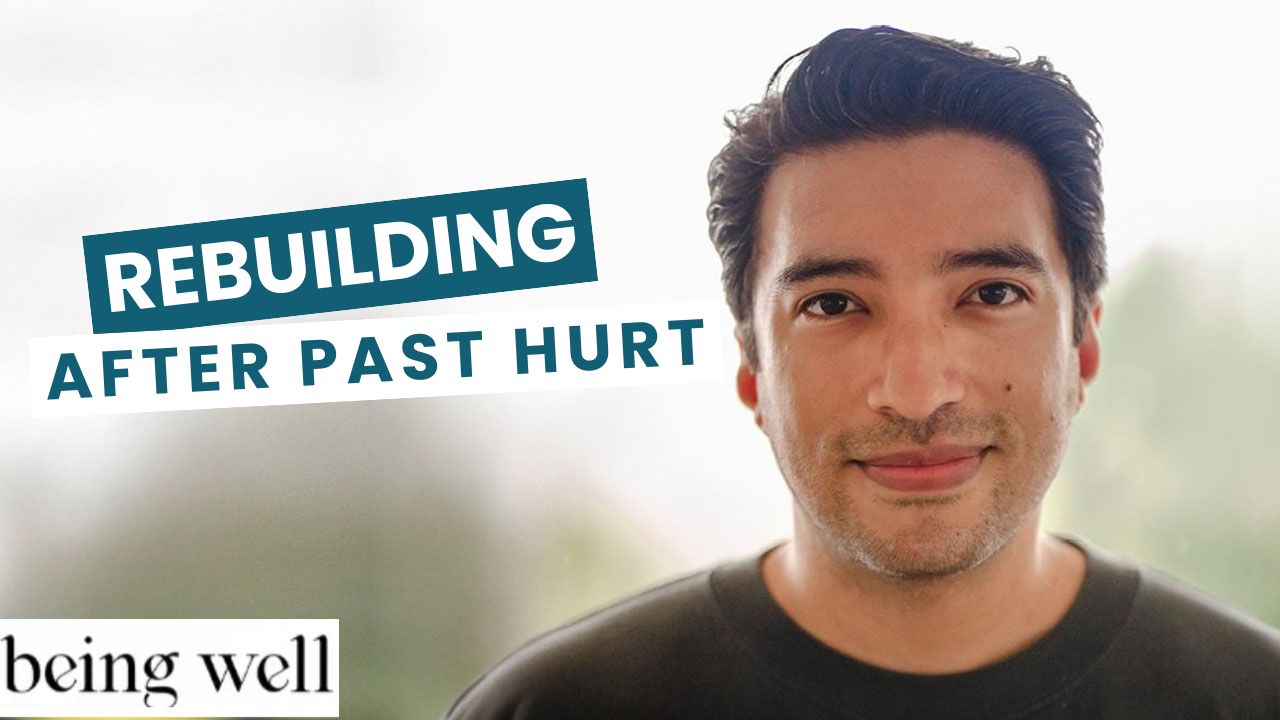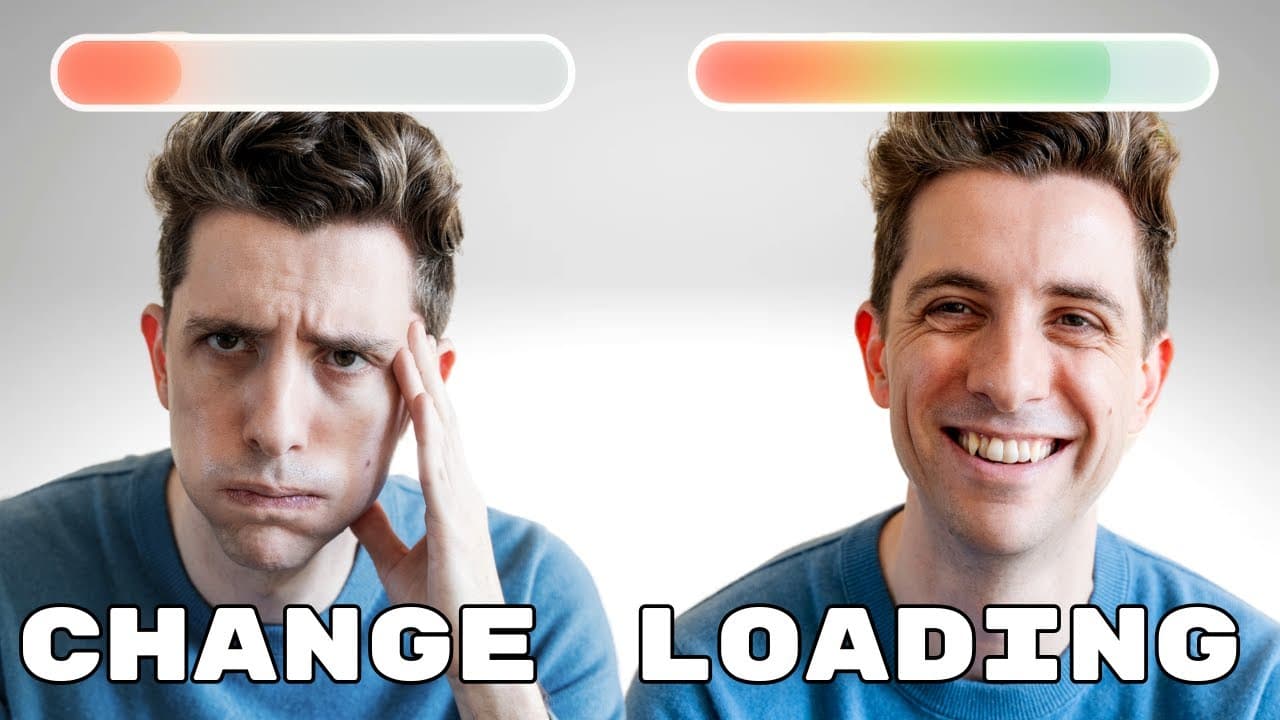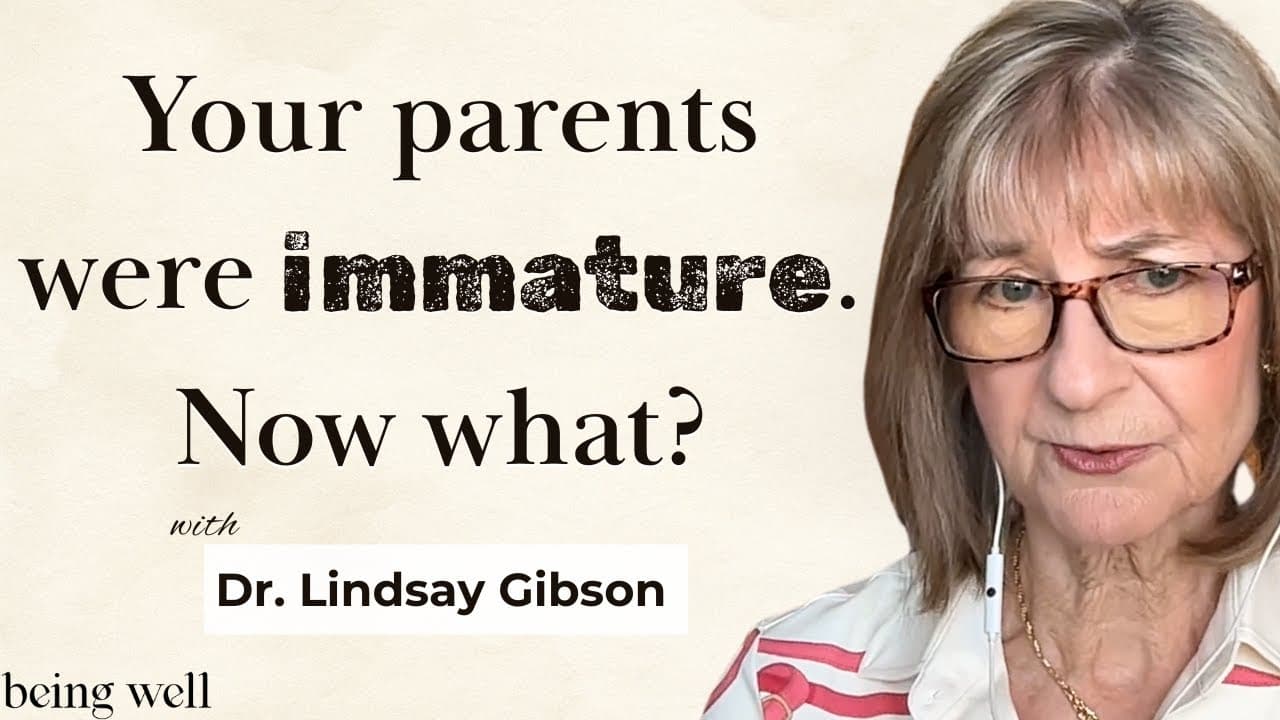There’s been an explosion of interest in psychedelics over the last 10 years, and phrases like “psychedelic-assisted therapy” have gone from the relative fringes of the mental health conversation to bursting into the mainstream. Alongside a great deal of hype is a growing body of research revealing the potential of substances like psilocybin and MDMA as novel treatments for depression, addiction, and PTSD.
On today’s episode of Being Well, Forrest is joined by Dr. Albert Garcia-Romeu from the Johns Hopkins Center for Psychedelic and Consciousness Research. They explore the history and current state of psychedelic research, their subjective effects, the necessity of the “trip,” how psychedelics work in the brain, why researchers are so interested in these substances, and what a psychedelic-assisted therapy session looks like.
About Our Guest
Dr. Garcia-Romeu is a member of the Psychiatry and Behavioral Sciences faculty at the Johns Hopkins University School of Medicine. His research examines the effects of psychedelics in humans, with a focus on psilocybin as an aid in the treatment of addiction.
Key Topics:
- 0:00: Introduction to Psychadelic-Assisted Therapy
- 1:55: Dr. Garcia-Romeu’s background
- 3:00: What psychadelic substances have been the focus of research?
- 8:10: The history of psychedelics
- 11:15: Usefulness and subjective effects of classical psychedelics (LSD/Psilocybin)
- 17:35: Ego loss or “ego-death” and the role of spirituality in mental health
- 21:40: What is happening neurologically with Psilocybin?
- 27:55: Psychedelics may be the best current treatment option for some conditions
- 35:05: How close is the research to proving efficacy?
- 38:05: The relative safety of psychedelics
- 41:00: What does a psychedelic-assisted therapy session look like?
- 47:00: Self-guidance in a session
- 49:50: Duration of treatment, financial and legal access
- 54:00: Using psychedelics for personal growth, spiritual practice, and even recreation
- 58:00: Where is the field going?
- 59:25: Recap
